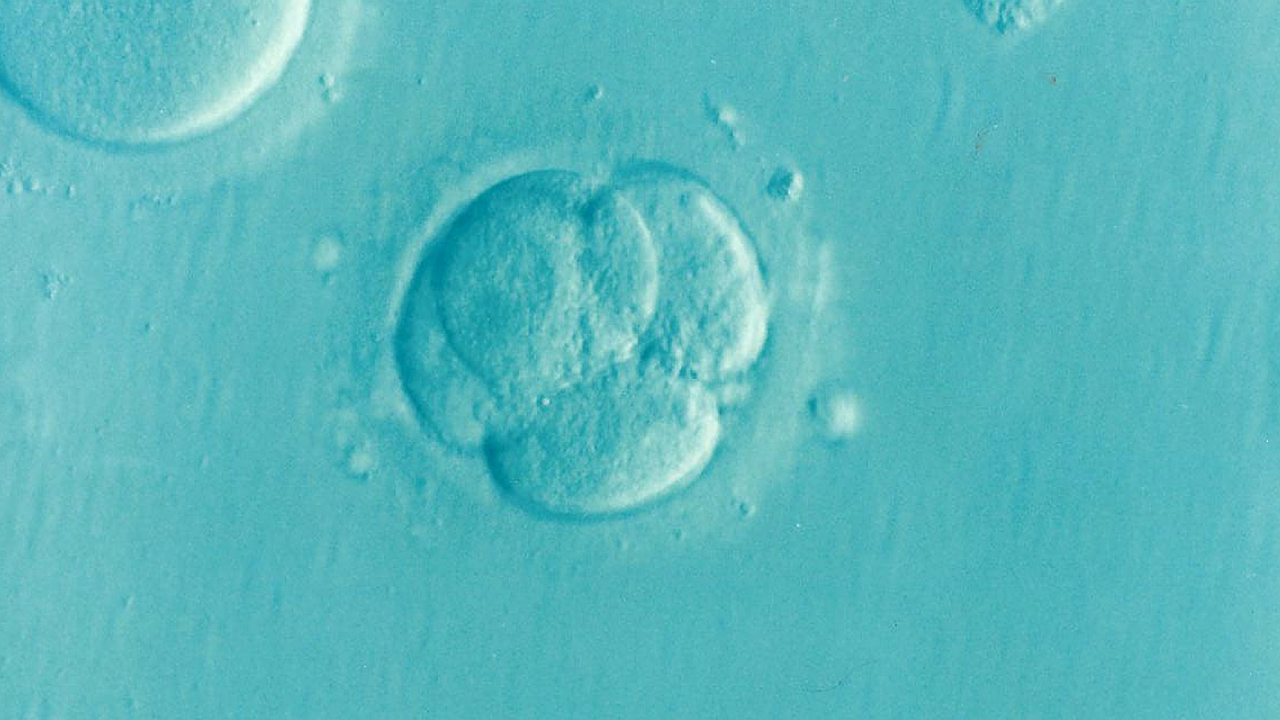Media release
From:
Stem cells: A model of human post-implantation development
Human pluripotent stem cells can be triggered to self-organize into 3D structures that mimic events in embryo development that occur following implantation into the uterus (in the absence of placental cell types), according to a study published in Nature this week. The technique gives rise to structures that resemble human embryos at days 9–14 after fertilization and include embryonic and a few extra-embryonic tissues of the post-implantation embryo.
Laboratory stem cell models have allowed researchers opportunities to understand the biological processes that govern the early stages of human embryogenesis (the first eight weeks of development after fertilization). However, current models lack extra-embryonic cell types, which give rise to structures that support the embryo during its development.
Berna Sozen and colleagues present a technique that captures tissue interactions between the early embryonic epiblast (the cell layer that leads to the generation of all of the tissues in an embryo) and the extra-embryonic hypoblast (a layer of cells that gives rise to the yolk sac) during early post-implantation human development. Human pluripotent stem cells were aggregated in 3D in the laboratory and suspended in a sequence of media over a number of days. The cells formed a morphology that resembles the human embryo at days 9–14 after fertilization. The authors note that because the human post-implantation model lacks trophectodermal cell types (cells that are involved in the development of the placenta), they represent an opportunity to model the interplay between the extra-embryonic endoderm (derived from the hypoblast) and embryonic lineages as they coordinate human development. However, the absence of the trophectoderm means the structures cannot develop towards the fetal stage.
The authors conclude that their platform offers new opportunities to address unexplored stages of human development. They argue that the ability to mimic these processes in the laboratory may offer paths for biomedical research that help to overcome the ethical issues associated with human embryo research.
Expert Reaction
These comments have been collated by the Science Media Centre to provide a variety of expert perspectives on this issue. Feel free to use these quotes in your stories. Views expressed are the personal opinions of the experts named. They do not represent the views of the SMC or any other organisation unless specifically stated.
Professor Jose Polo is a researcher in Epigenetics at the University of Adelaide, and from the Department of Anatomy and Developmental Biology at Monash University
In this work, Dr Berna Sozen's research group, known for her pioneering work in the field, has developed a novel cellular system to model various aspects of the human embryo during the critical stage of implantation in the uterus. Alongside other recent models of the pre-implantation embryo, these advancements provide an exceptional opportunity to study and understand the initial phases of human development occurring between week 1 and week 3 which has remained elusive for technical, ethical and legal reasons. This research holds significant importance as approximately 50% of fertilizations are estimated to cease progression beyond this point’
It is crucial to note that the international scientific consensus categorises these models strictly as "models" and emphasises that they should not be considered as "embryos," "synthetic embryos," or "artificial embryos," as highlighted in the latest statement from the International Society for Stem Cell Research (ISSCR). As per the ISSCR statement: “...they cannot and will not develop to the equivalent of postnatal stage humans..”. However, an outdated law in Australia misclassifies these models, making it challenging to conduct research using them and hinder the advancement of the field.
This is a very exciting time for developmental biology and human fertility research. These diverse models can be employed in laboratories to gain a deeper understanding of early human development and explore potential solutions for infertility.
Dr Jason Limnios is Leader of the Pluripotent Stem Cell and Retinal Cell Development lab at the Clem Jones Centre for Regenerative Medicine, Bond University.
Cells are always talking to each other by touch and secreted signals. This is especially true during early human development. The current wave of research into stem cell-derived embryo models (SEMs) allows scientists to investigate what is happening during the earliest stages of human development without the need for embryos.
What Sozen’s lab created was not an actual embryo, but a collection of several cell types found in the early embryo. These cells communicate with each other to coordinate critical decisions; where to move, what kind of cell to become, how much to divide and so on. These models can be used to test the effect of different substances, viruses and toxins on normal development, share insights into the role of genes during development, and what happens when genes don’t function normally.
Although SEMs aren’t embryos, it's important that the public understand this type of research is carefully regulated in each country and is being done to ultimately improve human health.



 International; VIC; QLD; SA
International; VIC; QLD; SA



